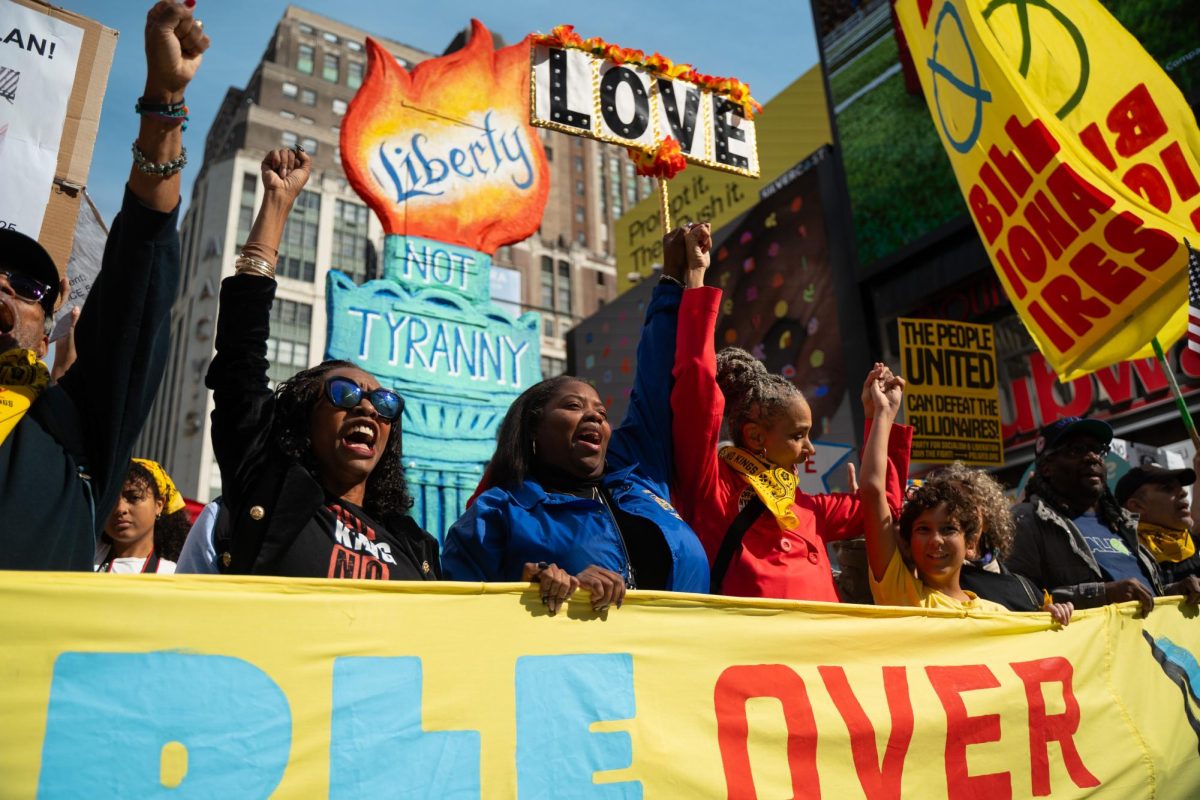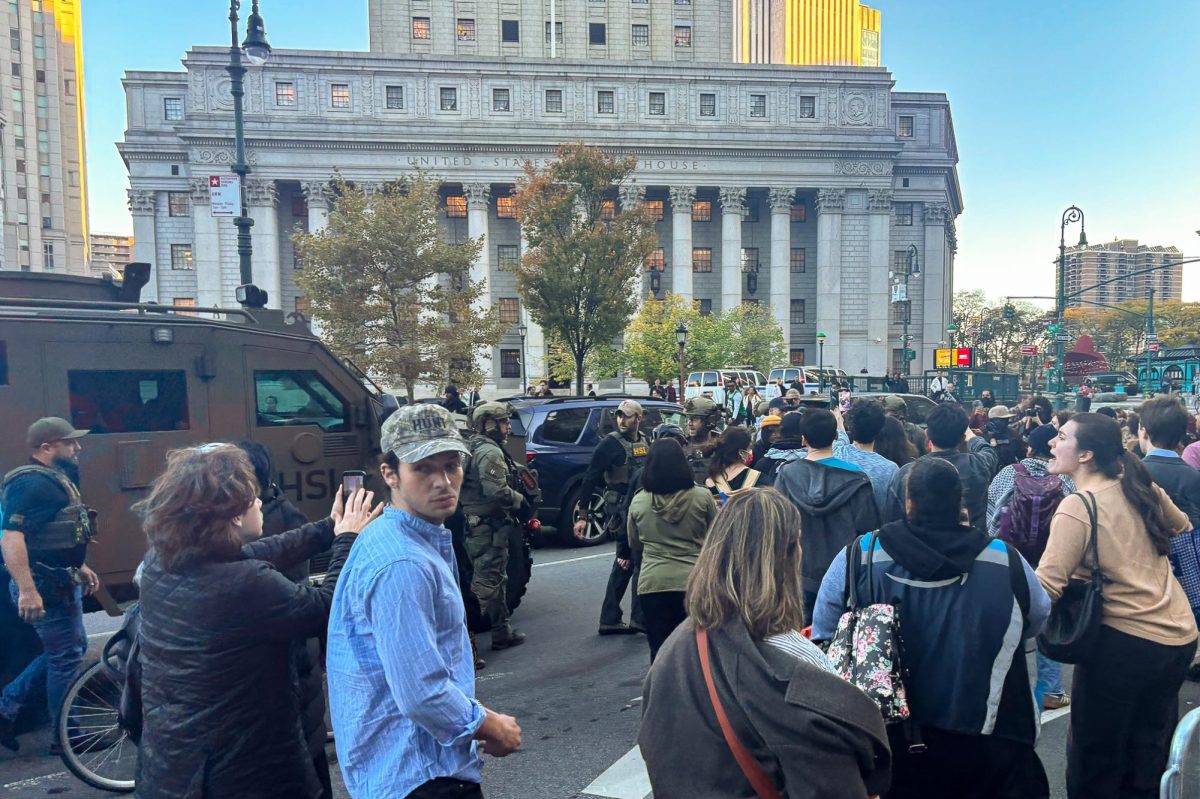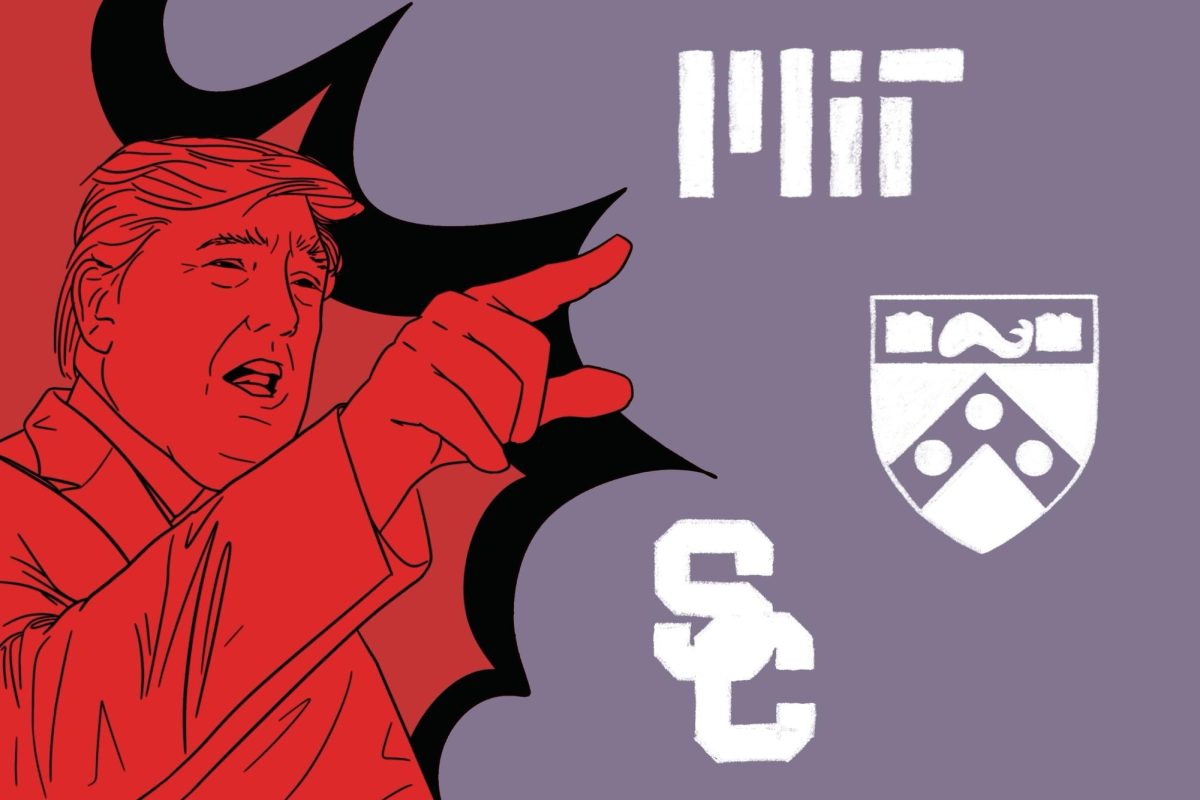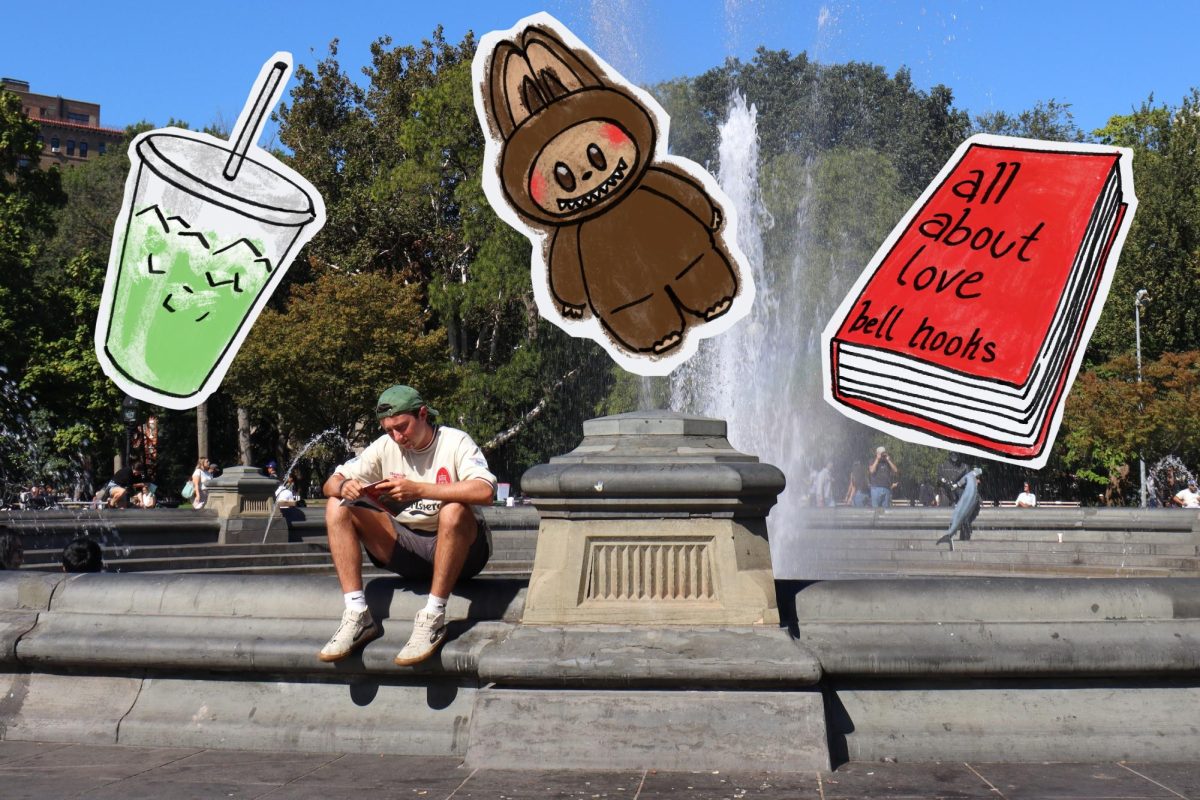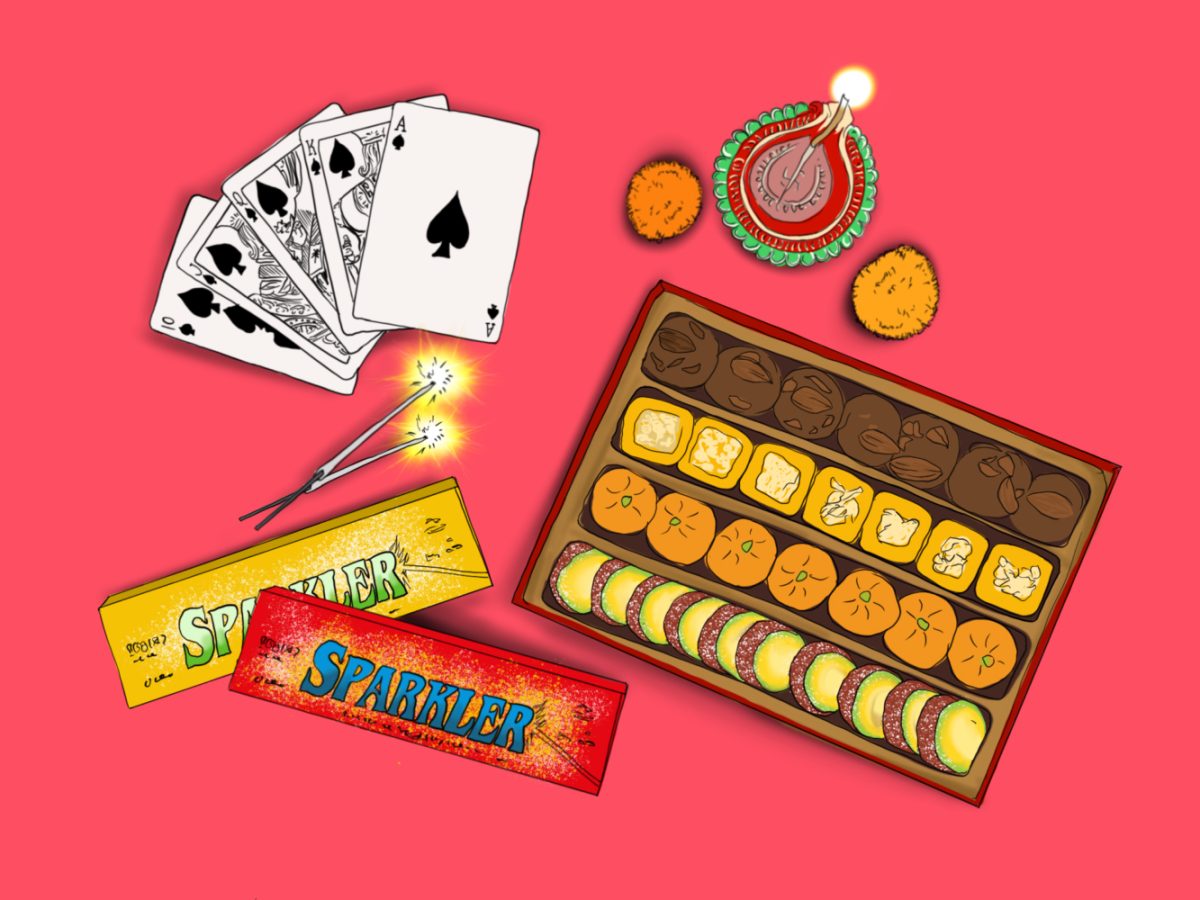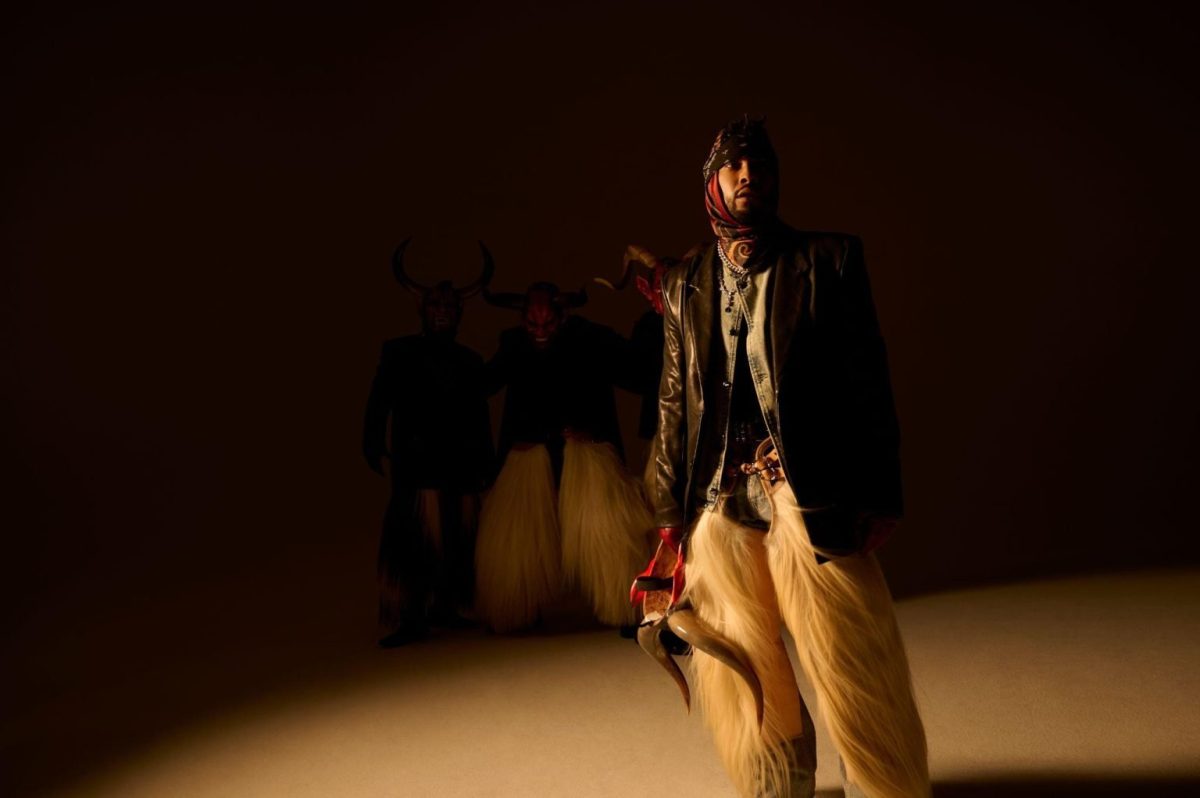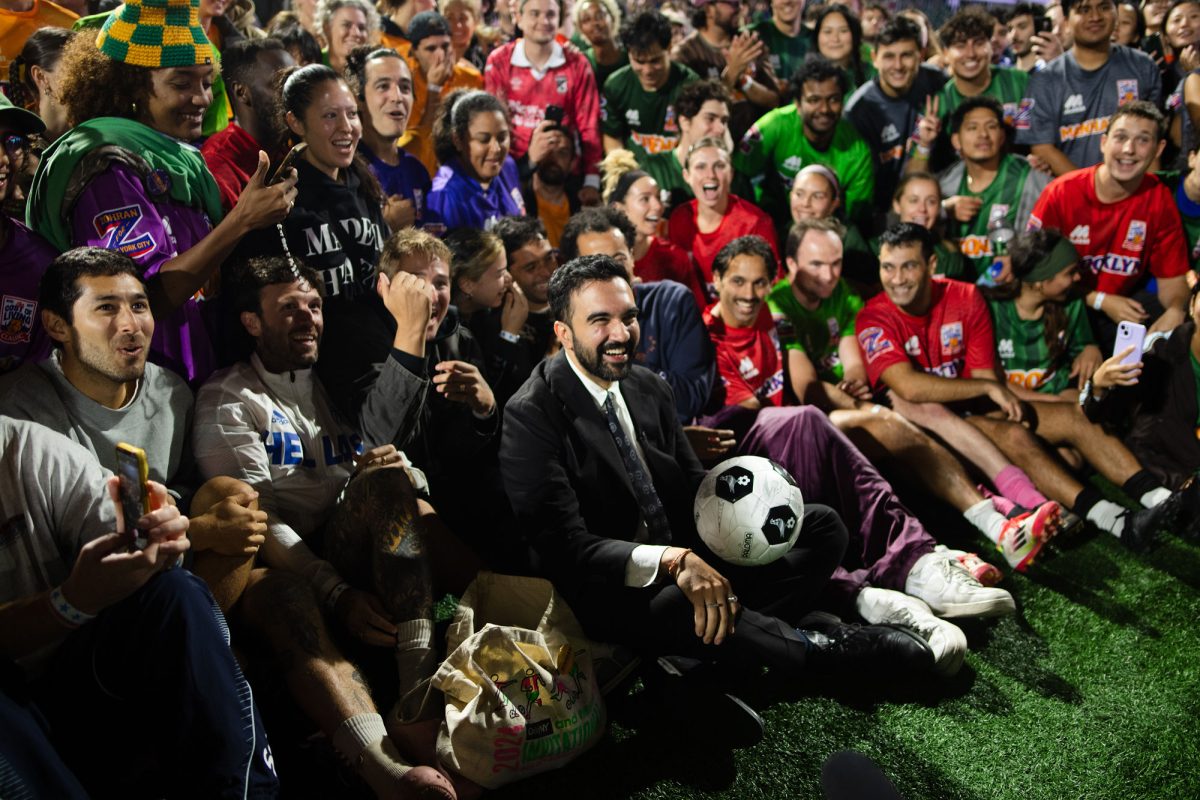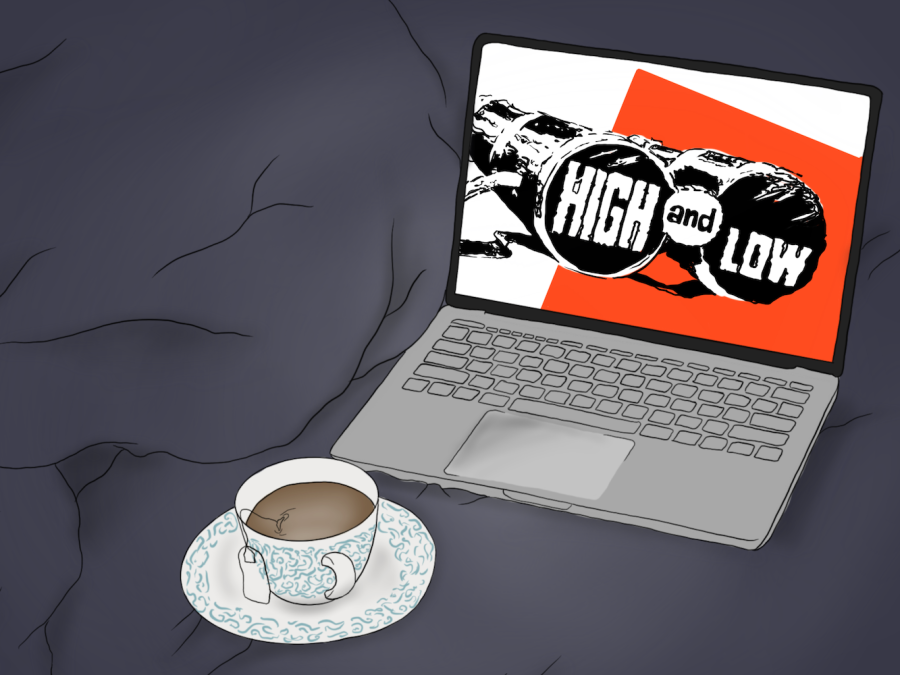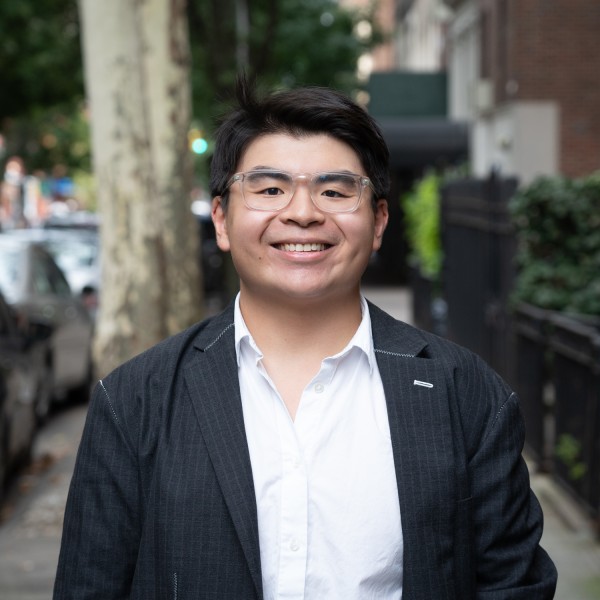Off the Radar: Searching ‘High and Low’ for common humanity
Off the Radar is a weekly column surveying overlooked films available to students for free via NYU’s streaming partnerships. “High and Low” is available to stream on Kanopy and NYU Stream.
Akira Kurosawa’s “High and Low” (1963). (Illustration by Aaliya Luthra)
March 31, 2023
In Akira Kurosawa’s “High and Low” (1963), samurai heraldry and clashing swords are replaced by the aesthetics of midcentury modernity. While best known for his epic period dramas, the legendary Japanese filmmaker also used postwar cityscapes to explore the complexities of human morality and social responsibility. Despite being released 60 years ago, “High and Low” still manages to encapsulate the conflict between individual principles and avarice in a hyper industrialized society, and how stark class divisions obscure our perceptions and attitudes toward others.
Loosely based on Ed McBain’s 1959 crime novel “King’s Ransom,” the film follows a wealthy shoe executive, Kingo Gondo (Toshiro Mifune,) as he grapples with a life-threatening ethical dilemma on the most important night of his career. To maintain the production quality of the company’s products, Gondo mortgages everything he owns and secretly plans a buyout to gain control of the company. But, just as he is about to engage in this hostile takeover, Gondo receives a call informing him his son has been kidnapped for a ransom of 30 million yen. Moments later, he discovers it was not his son who was abducted, but his chauffeur’s son, Shinichi Aoki (Masahiko Shimizu). As his family, the chauffeur and a group of detectives watch on, Gondo is forced to choose between saving another man’s child or his life’s work.
Divided in two parts, the film explores the extreme dichotomies that exist within modern societies. In the first act, the audience is kept within the confines of Gondo’s luxurious hilltop mansion. The spacious living room is surrounded by large floor-to-ceiling windows looking down on the rest of downtown Yokohama. Once the crime begins to unfold, this space of excessive grandeur transforms into an oppressive prison — the audience, confined to the atmosphere of unnerving tension, can’t help but sympathize with Gondo. Viewers feel for the man who risked everything to conduct his business with dignity only for tragedy to strike at the most crucial hour.
In the second act of the film, Kurosawa brings viewers outside the secluded mountain-top complex to watch a team of detectives scour the city for clues. As the police navigate the derelict alleyways and filthy canals, it becomes evident that the Gondo family are completely detached from the impoverished working-class reality below them. Families suffer under the sweltering summer heat, sharing tight living spaces all densely crammed next to one another. While the rest of the city lives in this state of squalor, constantly surrounded by drugs and violent crime, Gondo and his family live comfortably.
Despite Kurosawa’s jarring depiction of class inequality in the film, the director’s objective isn’t to vilify the elite. Instead, Kurosawa viscerally illustrates how a society, controlled by materialism and devoid of compassion, pushes individuals to the breaking point. Through the film’s characters, he urges audience members to reflect on their own social relationships and responsibilities. Many people insist on having selfless and morally just values. But, if push came to shove, could they truly sacrifice their way of life?
Throughout his filmography, Kurosawa emphasizes humanity. Whether he is dealing with scenes of postwar economic destitution or periods of wanton violence, Kurosawa always tries to find tenderness and compassion. Viewed from a contemporary lens, his message of finding commonality feels even more resonant in an age defined by cultural polarization.
Contact Mick Gaw at [email protected].












